The advanced economy and favorable geographic and natural conditions of the area attracted the Milesian Greeks, who colonized the Colchian coast establishing their trading posts at Phasis, Gyenos, and Sukhumi in the sixth-fifth centuries BC. It was considered "the farthest voyage" according to an ancient Greek proverbial expression, the easternmost location in that society's known world, where the sun rose. It was situated just outside the lands conquered by Alexander the Great. Phasis and Dioscurias were the splendid Greek cities dominated by the mercantile oligarchies, sometimes being troubled by the Colchians from the hinterland before seemingly, assimilating totally.
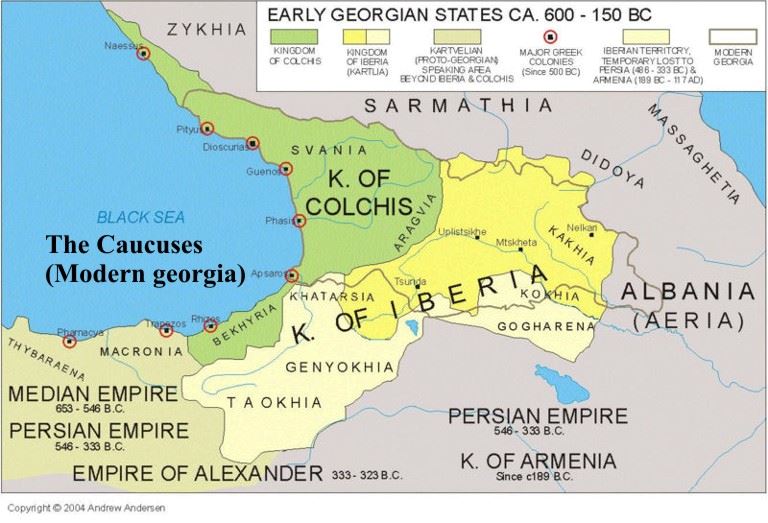
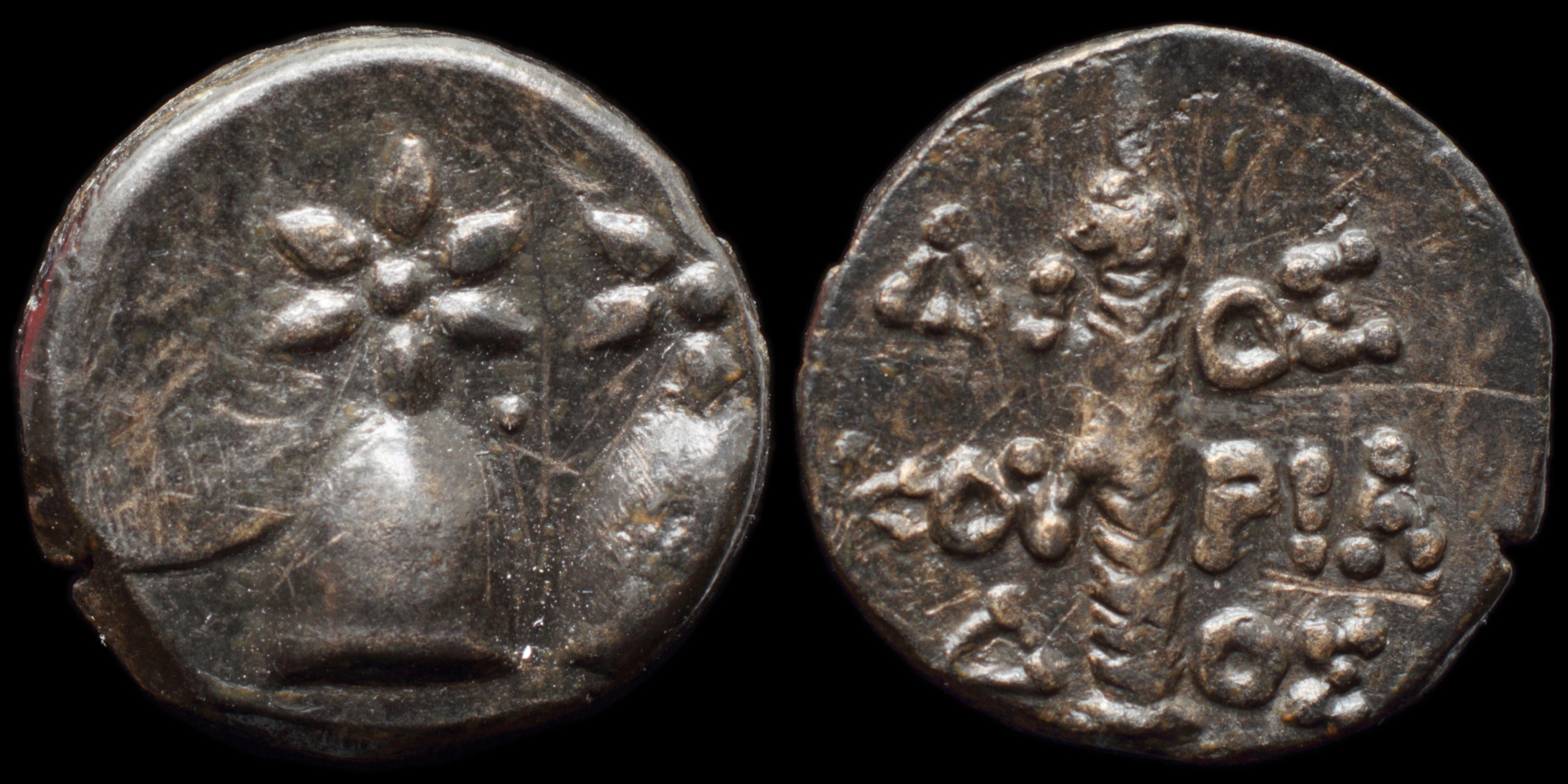
Reverse: thyrsos; ΔI_OΣ / KOV_PIA / Δ_OΣ
Die Orientation: -
Weight: 4.4 g
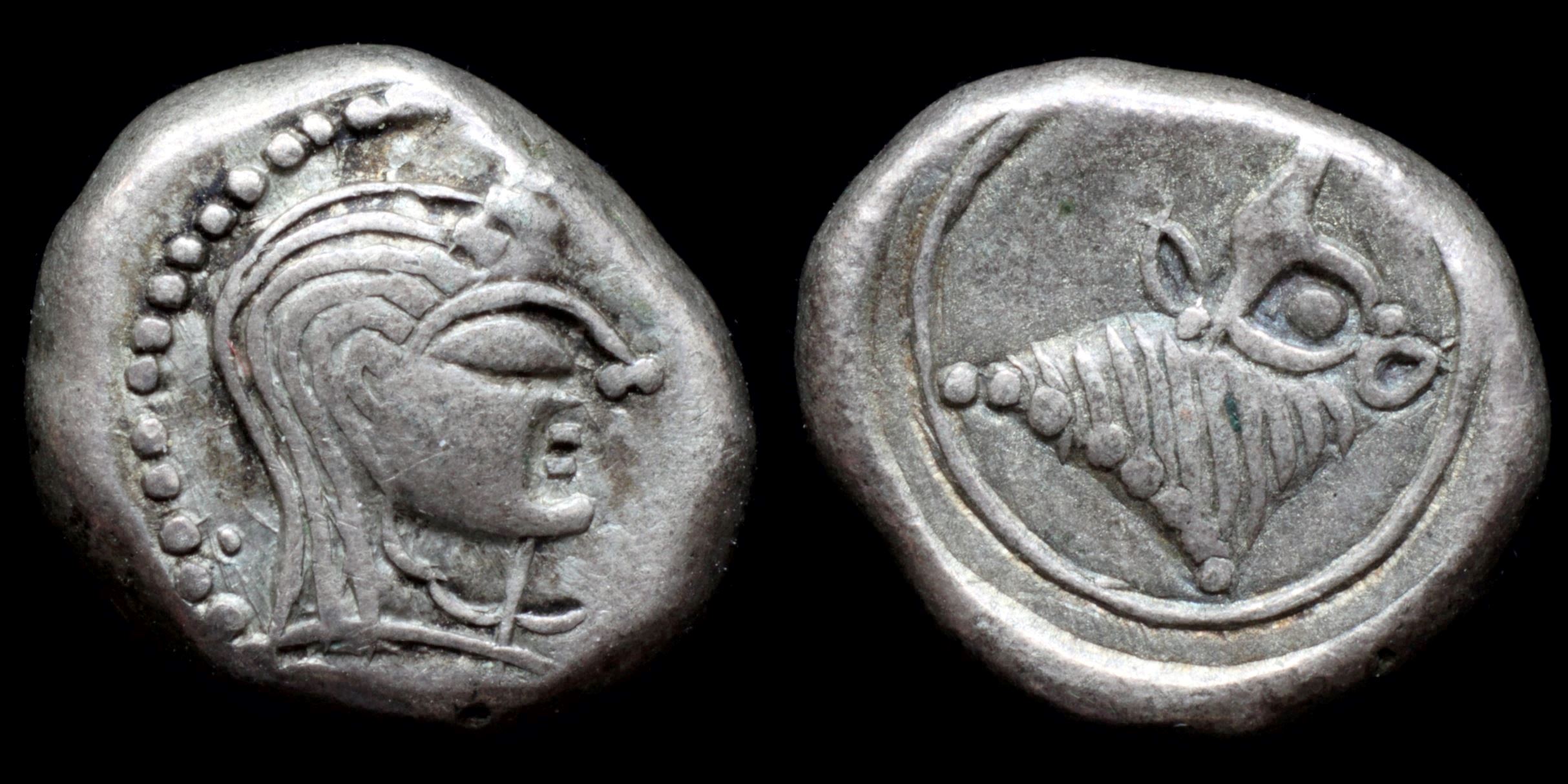
Reverse: Head of bull right
Die Orientation: -
Weight: 2.1 g
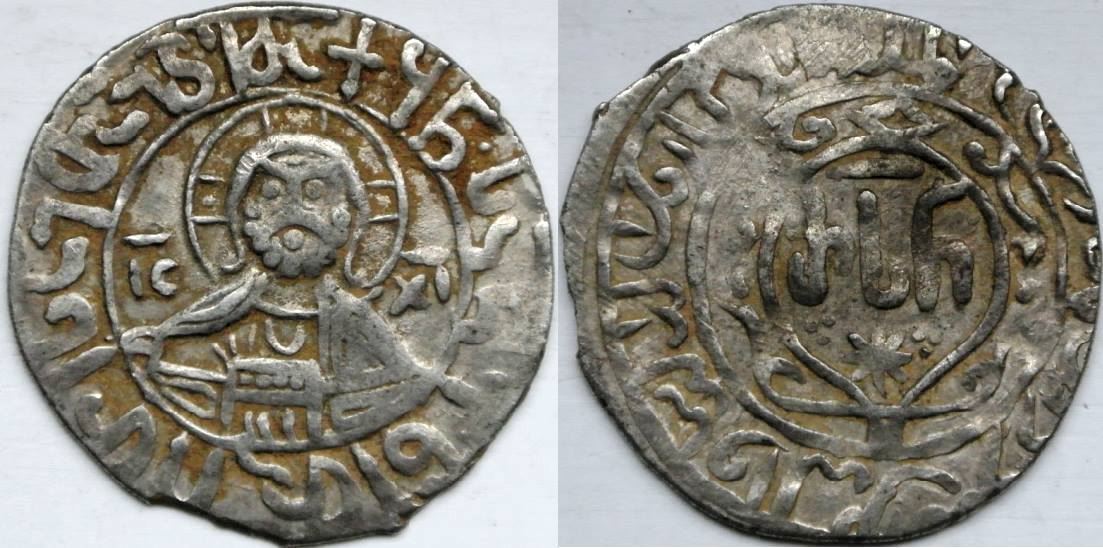
Reverse: Ornamented frame in the centre, Asomtavruli letters ႰႱႬ, Rusudan.
Die Orientation: 9 H
Weight: 2.35 g
Georgian Asomtavruli legend on the Obverse Reads: ႱႠႾႤႪႨႧႠႶႧႨႱႨႧႠႨႽႤႣႠႵჃႬ, in the name of God, was struck in the K’oronikon 450(1230) Legend in Arabic on the Reverse Reads: ملكة الملكات جلال الدنيا والدين روسدان بنت تامار ظهير المسيح Queen of Queens, glory of the world and faith, Rusudan, daughter of Tamar, follower of the Messiah.
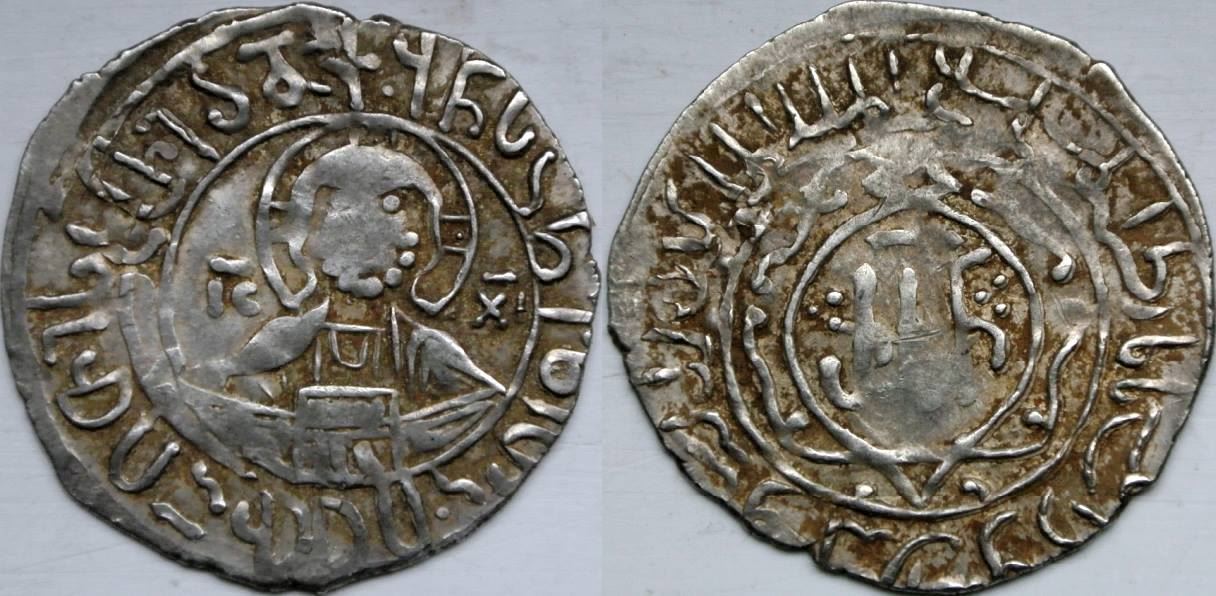
Reverse: Ornamented frame in the centre, Asomtavruli letters ႰႱႬ, Rusudan.
Die Orientation: 12 H
Weight: 2.3 g
Double Struck on the Obverse. Georgian Asomtavruli legend on the Obverse Reads: ႱႠႾႤႪႨႧႠႶႧႨႱႨႧႠႨႽႤႣႠႵჃႬ, in the name of God, was struck in the K’oronikon 450(1230) Legend in Arabic on the Reverse Reads: ملكة الملكات جلال الدنيا والدين روسدان بنت تامار ظهير المسيح Queen of Queens, glory of the world and faith, Rusudan, daughter of Tamar, follower of the Messiah.
